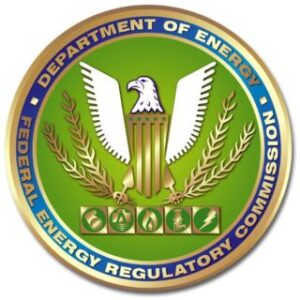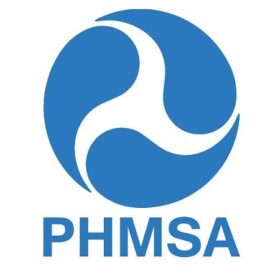
On January 15, 2010, the Interstate Natural Gas Association of America (“INGAA”) sent a comment letter to the Federal Emergency Management Agency (“FEMA”) addressing FEMA’s proposed adoption of three privately developed standards for assessing emergency preparedness. The standards would be used as part of FEMA’s Voluntary Private Sector Accreditation and Certification Preparedness Program (commonly known as “PS-Prep”) to certify the emergency preparedness of private entities and to accredit the independent auditors who would determine whether an entity satisfies the requirements for PS-Prep certification. INGAA did not object to the proposed standards or oppose their adoption by FEMA. Instead, INGAA urged FEMA to consider four points before taking further action the PS-Prep program: (1) consistent with keeping PS-Prep a voluntary program, as directed by Congress, FEMA should expressly and strongly emphasize that neither program participation nor the accreditation or certification standards establish an enforceable duty, a standard of care or any other basis for imposing civil liability; (2) entities that are already subject to comprehensive emergency preparedness regulation under the Pipeline Safety Act, the Chemical Facility Anti-Terrorism Act, the Marine Transportation Security Act, etc., should be able to obtain PS-Prep certification solely by documenting their compliance (INGAA added that FEMA should do this accrediting the regulating agencies and instructing them to grant certification once an entity demonstrates its compliance with the emergency preparedness regulations); (3) entities with PS-Prep certification should be considered pre-qualified for protection under the Supporting Ant-terrorism by Fostering Effective Technologies (“SAFETY”) Act of 2002, or their SAFETY Act applications should at least be accorded priority processing; and (4) FEMA should examine and address the economic feasibility and cost considerations associated with approving the proposed PS-Prep standards and allowing PS-Prep certification through compliance with current emergency preparedness regulations.







